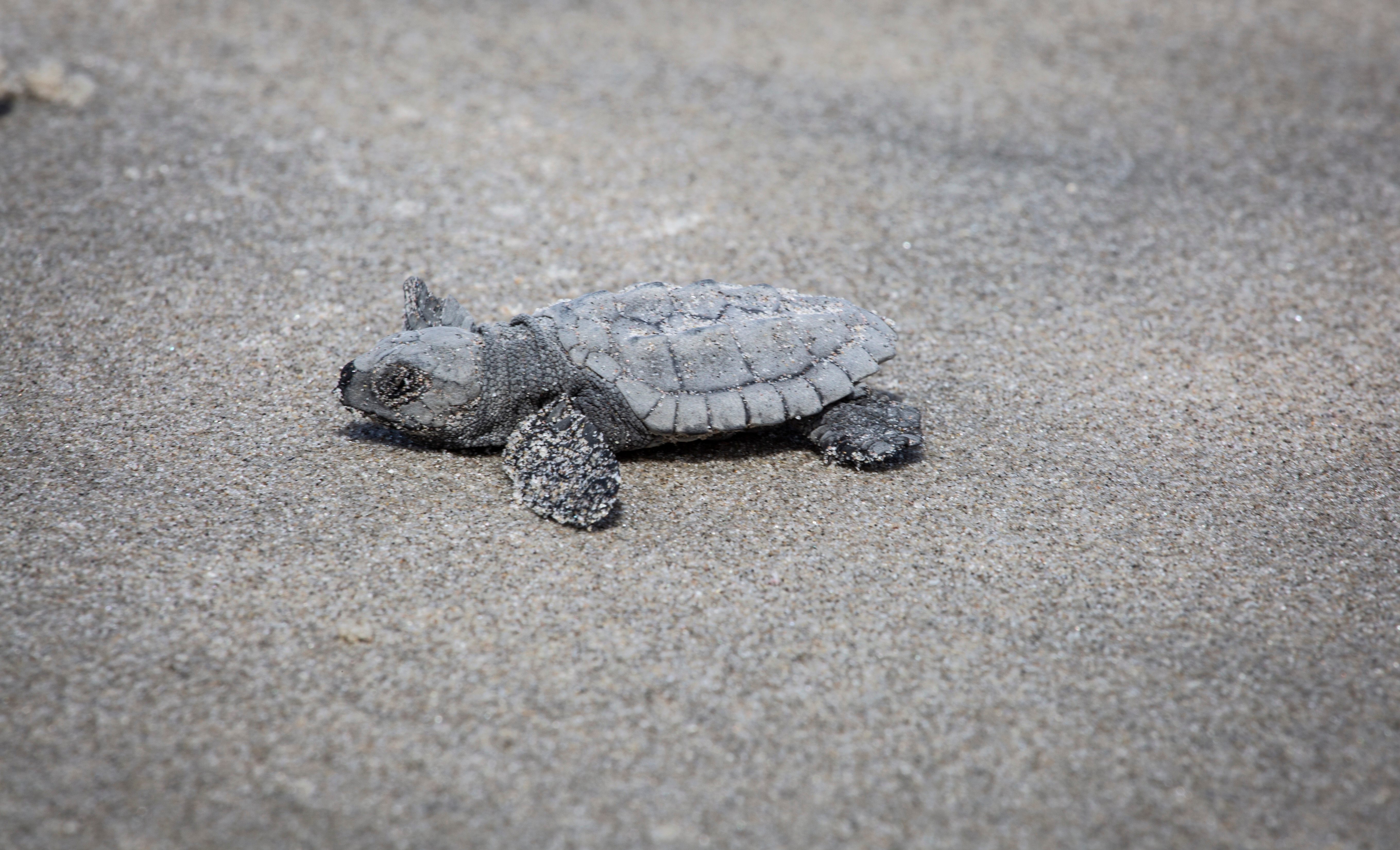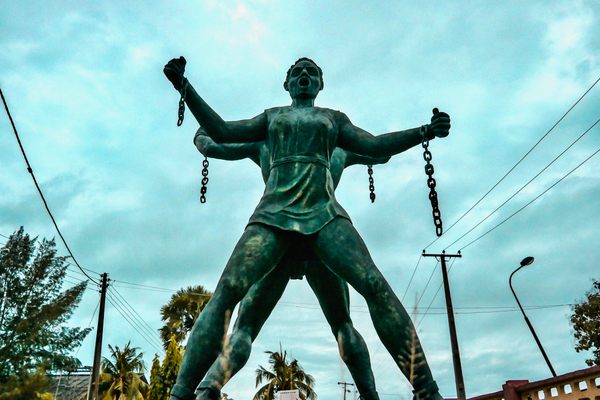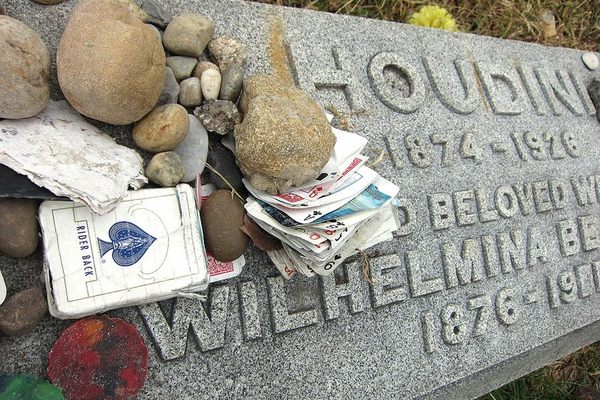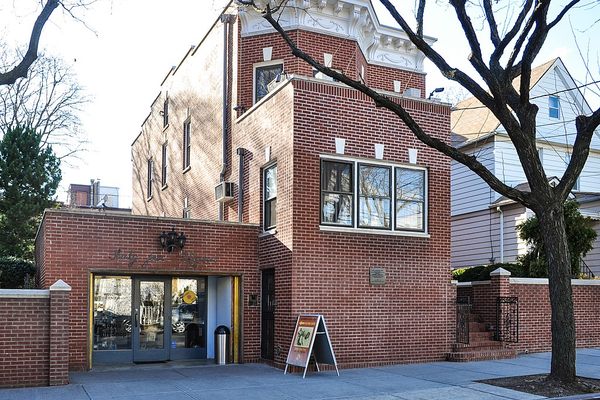96 Rare Baby Sea Turtles Just Hatched in Queens, New York
If they can make it there, they’ll make it anywhere.

Kemp’s ridley sea turtles are the smallest sea turtles in the world. They’re also the rarest. They like to hang out in the warm waters of the Gulf of Mexico, and most females nest on a particular beach in Rancho Nuevo. Occasionally, one will travel up the Atlantic Coast and try her luck in North or South Carolina.
For some reason, this year, one Kemp’s ridley tried something a little different. She decided to lay her eggs in Queens, New York. And thanks to some helpful humans, the gamble paid off: Last week, 96 tiny new New Yorkers hatched, scrambled across the sand, and crawled back into the water.
It all started in July, when beachgoers on the western part of the Rockaway Peninsula noticed a Kemp’s ridley crawl out of the water and dig herself into the dunes. Someone called the Riverhead Foundation for Marine Research and Preservation hotline—631-369-9829, in case you ever need it—and let them know about the tiny Testudines tourist.
She wasn’t the first Kemp’s ridley to visit the state. “These guys tend to strand,” says Maxine Montello, the Foundation’s rescue program director. “We see them during the winter months because of cold stunning,” a hypothermic state that prevents them from swimming. But the Queens turtle was the first to stake her legacy there on purpose. “This is the first time an adult was seen… actually depositing eggs in New York,” Montello says.
The day after her visit, with support from the Foundation and the U.S. Fish and Wildlife Service, National Park Service employees moved to protect the nest. They built a fence, or exclosure, to keep out predators and curious people. “We made it look like a piping plover exclosure so that we didn’t draw attention to it,” says Patti Rafferty, the chief of resource stewardship for Gateway National Recreation Area, where the beach is located. Rangers came by to check on it every day.
Things were going fine until the morning of September 10, when the nest started flooding. “We had particularly high tides at that time, and on top of it we had a storm system come through,” says Rafferty. NPS workers feared the worst: that the eggs had drowned, or that erosion had exposed them to scavengers. They asked permission from the Fish and Wildlife Service to dig up the nest and incubate any remaining eggs.
“It was a last ditch effort,” says Rafferty. “When we went into it we weren’t really sure that there were any eggs that would be viable.” But of the 116 eggs they found, 110 were still living. They put them in a few different incubation boxes and stored them in a park facility nearby.

They still weren’t sure they would ever hatch. Turtle incubation periods usually top out at about 60 days, and it had already been two months when they excavated the nest. But last week, the eggshells started cracking. “They basically hatched one box at a time,” says Rafferty.
Soon after they’re born, baby turtles go into something called a “frenzy,” a hyperactive period that allows them to scoot across the sand, swim through waves and currents, and reach the open water. “It’s important to get them out and release them when they’re in that high-energy state,” says Rafferty.
“As soon as we had turtles that were in frenzy, we brought them out, and we released them back at the same beach where the nest was.” One by one, they squirmed their way to the water and were gone. “It was one of the most proud and exciting moments of my career,” Rafferty adds. And it came with an extra perk: “They’re awfully cute.”
Ninety-six turtles hatched in all. They are too small to tag, says Montello, so “there’s nothing that will differentiate them from any other hatchling out there.” But perhaps they know, deep inside, that they’re New York turtles. No one had better mess with them.








Follow us on Twitter to get the latest on the world's hidden wonders.
Like us on Facebook to get the latest on the world's hidden wonders.
Follow us on Twitter Like us on Facebook